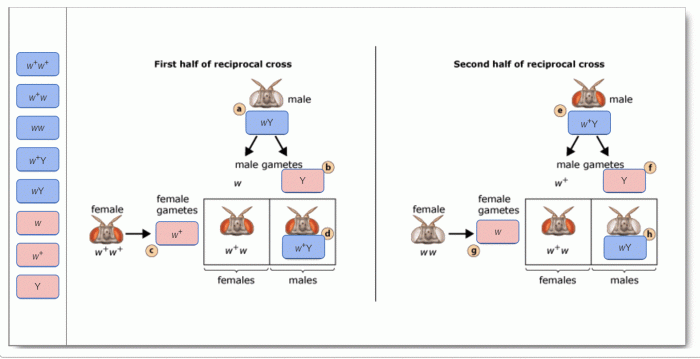Recall what you observed when you shined, a journey into the realm of illumination, where light unveils hidden details, transforms perception, and drives scientific discoveries. This comprehensive exploration delves into the captivating effects of light, unraveling its profound impact on art, photography, science, and technology.
As we illuminate objects, their textures, colors, and shapes dance before our eyes, casting shadows and highlights that shape our perception. The choice of light source, angle, and intensity becomes an artist’s palette, evoking emotions and conveying narratives through the play of light and shadow.
Observations of Illumination: Recall What You Observed When You Shined

When an object is illuminated, its appearance undergoes a series of transformations that can reveal hidden details and enhance our perception. These changes are primarily attributed to the interplay of light and shadow, which can alter the object’s texture, color, and shape.
Illumination can accentuate the surface texture of an object, making it appear more tactile and three-dimensional. Shadows cast by the light source create depth and definition, allowing us to discern subtle variations in form. Similarly, highlights illuminate specific areas, drawing attention to prominent features and enhancing the object’s overall presence.
Color can also be profoundly affected by illumination. Different light sources emit varying wavelengths, which can interact with the object’s surface in unique ways. This interaction can result in changes in hue, saturation, and brightness, potentially altering the object’s perceived color.
Furthermore, illumination can influence the apparent shape of an object. Shadows can obscure certain contours, creating the illusion of a different form. Conversely, highlights can accentuate edges and boundaries, making the object appear more distinct and well-defined.
Illumination Methods

The type of illumination used can significantly impact the appearance of an object. Natural light, derived from the sun, provides a warm and diffused illumination that often produces a flattering effect. Artificial light, on the other hand, offers greater control over intensity and direction, allowing for more precise and targeted illumination.
The angle of illumination plays a crucial role in shaping the object’s appearance. Frontal lighting, where the light source is positioned directly in front of the object, tends to flatten the form and reduce shadows. Side lighting, where the light source is placed at an angle, creates stronger shadows and highlights, enhancing depth and texture.
The intensity of the light source can also affect the object’s appearance. High-intensity light sources produce more pronounced shadows and highlights, creating a dramatic effect. Low-intensity light sources, on the other hand, produce softer and more subtle shadows, resulting in a more muted and subdued appearance.
Impact on Perception

Illumination has a profound impact on our perception of an object. It can alter our perception of depth, perspective, and contrast, influencing our interpretation and understanding of the object’s form and function.
Depth perception is enhanced by the presence of shadows and highlights, which create a sense of three-dimensionality. Objects illuminated from above appear more prominent and closer, while objects illuminated from below appear more distant and receded.
Perspective can also be influenced by illumination. By controlling the angle and intensity of the light source, artists and photographers can manipulate the viewer’s perception of the object’s orientation and position within the scene.
Contrast is another aspect of perception affected by illumination. High-contrast lighting creates a striking and dramatic effect, emphasizing the differences between light and dark areas. Low-contrast lighting, on the other hand, produces a more subtle and nuanced effect, reducing the perceived differences between light and dark.
Applications in Art and Photography

Illumination plays a pivotal role in art and photography, allowing artists and photographers to convey mood, atmosphere, and symbolism through the manipulation of light.
In painting, illumination can be used to create a sense of depth, perspective, and realism. By carefully controlling the direction and intensity of the light source, artists can guide the viewer’s gaze and emphasize specific elements of the composition.
In photography, illumination is equally important. Photographers use lighting to capture specific moments and convey their perspectives. By manipulating the angle, intensity, and color of the light, photographers can create a wide range of effects, from dramatic and striking to soft and ethereal.
Scientific and Technological Applications
Beyond its artistic applications, illumination also has significant scientific and technological applications.
In scientific research, illumination is used to reveal hidden details and structures in various specimens. Microscopy techniques, for example, utilize different types of illumination to enhance the visibility of microscopic organisms and structures.
In medical imaging, illumination plays a crucial role in diagnostic procedures. X-rays, CT scans, and MRI scans all rely on illumination to generate images of the human body, aiding in the diagnosis and treatment of medical conditions.
Advancements in illumination technologies have also led to the development of new applications in various fields. For instance, high-intensity lasers are used in laser surgery and cutting, while UV illumination is used in disinfection and sterilization processes.
User Queries
What are the key factors that influence how an object appears when illuminated?
The type of light source, angle and intensity of light, and the presence of shadows and highlights all play a crucial role in shaping the appearance of an illuminated object.
How does illumination affect our perception of depth and perspective?
Illumination can create the illusion of depth and perspective by casting shadows and highlighting certain areas of an object, making it appear three-dimensional and enhancing our understanding of its form.
What are some practical applications of illumination in science and technology?
Illumination is essential in scientific research and medical imaging, where it helps reveal hidden details and structures, aiding in diagnosis and treatment. It also plays a vital role in various technological fields, such as microscopy and spectroscopy.